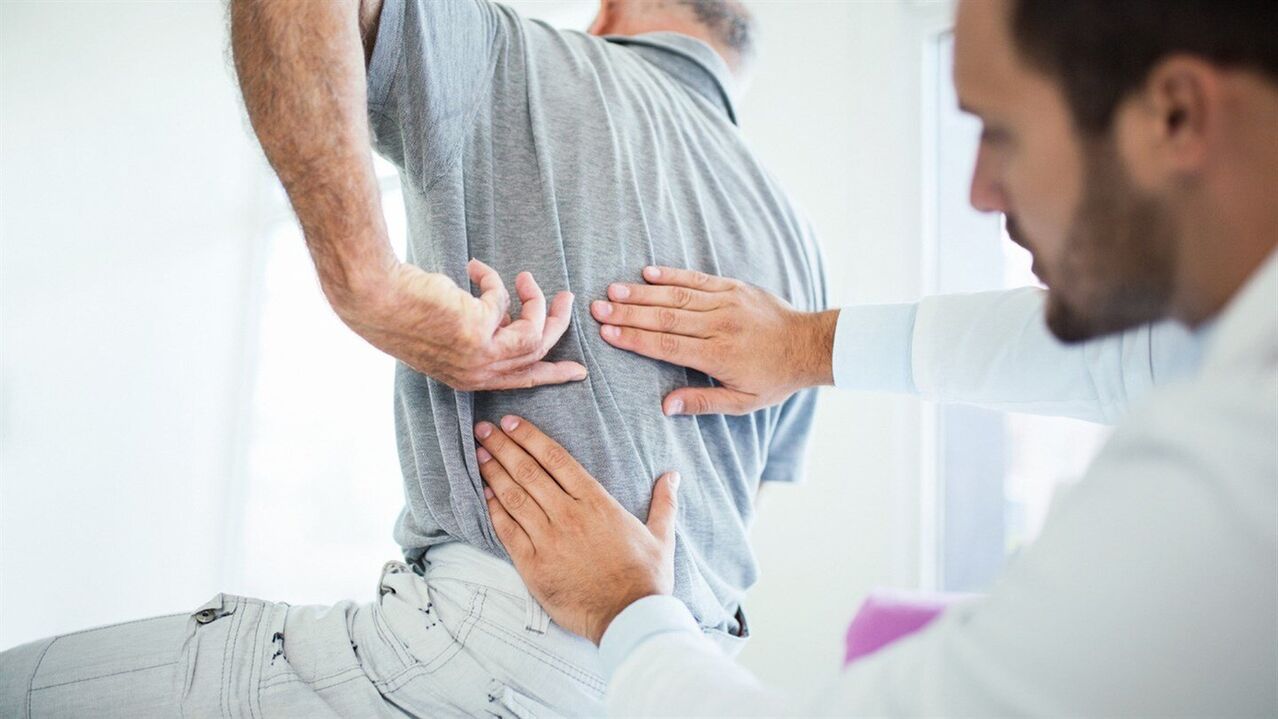
Back pain, especially in the lumbar region, affects about 80% of the world's population. In most cases, this is a sign of the development of lumbar osteochondrosis. There is an opinion that this disease is the result of constant and increased pressure on the back, however, after years of research into lumbar osteochondrosis, experienced experts have concluded that there may be several reasons for the development of this disease. This includes:
- metabolic diseases;
- diseases of the gastrointestinal tract;
- diseases of the liver, pancreas and pelvic region.
In summary, the high-risk group includes patients suffering from any disease that causes oxygen starvation, as well as spasms and strains of muscles, joints and blood vessels.
Types of osteochondrosis of the lumbar spine
Currently, osteochondrosis of the lumbosacral spine can be divided into groups:
- radicular (commonly called sciatica; its distinguishing feature is damage to the first sacral or fifth lumbar root);
- radicular-vascular (caused by squeezing the roots together with the vessels; it is also called radiculoischemia);
- reflex osteochondrosis (most often caused by heavy physical exertion).
In this case, the reflex osteochondrosis of the lumbosacral region is of the following types:
- lumbago - occurs as a result of careless, awkward movements or heavy lifting. It is characterized by sharp shooting in the lumbar region;
- Lumbargia - is a result of constant physical exertion and sitting in an uncomfortable position. Develops slowly and gradually, is chronic;
- lumboischialgia is characterized by vegetative-vascular, muscle-tonic and neurotrophic manifestations. The characteristic feature of this disease is pain in the lower back, causing back pain and pain in the lower leg.
Lumbar osteochondrosis: symptoms
Lower back pain is a characteristic symptom of lumbosacral osteochondrosis. In addition, in patients suffering from lumbar osteochondrosis, such symptoms may also appear in the lower part of the legs.
Also, this disease is accompanied by:
- tingling in the legs;
- numbness in the lower part of the leg;
- coldness and leg cramps;
- sweating disorder.
Lumbar osteochondrosis and its treatment
The main task of our center's specialists in the treatment of osteochondrosis of the lumbar spine is the elimination of factors that cause root compression, as well as actions aimed at reducing pain. After successfully achieving this goal, our doctor conducts activities that stimulate the body's recovery and the normalization of motor function.
Treatment of lumbar osteochondrosis is carried out in stages, where a narrow workload is solved at each stage. However, it is this consistent treatment that produces fast, effective and sustainable results! Patients are offered:
- massage therapy;
- reflexology;
- special training courses.
Along with these therapeutic measures, patients are prescribed additional procedures depending on individual factors.



















